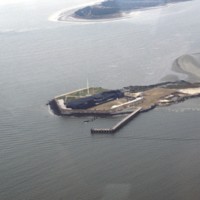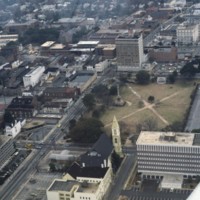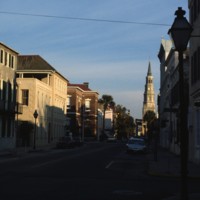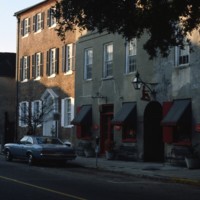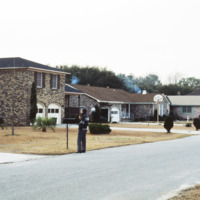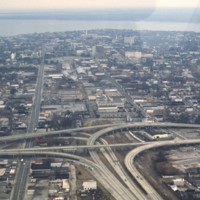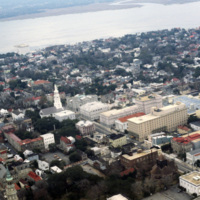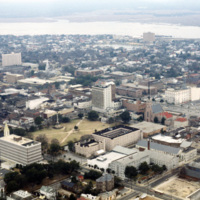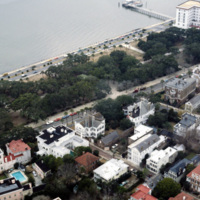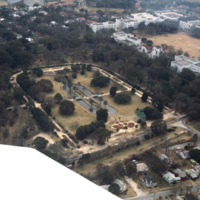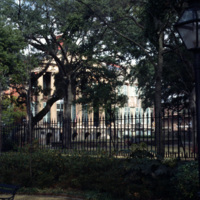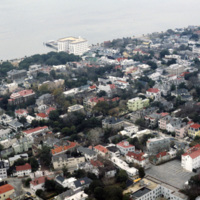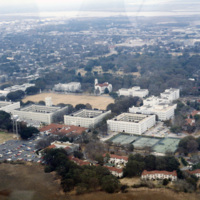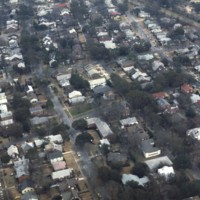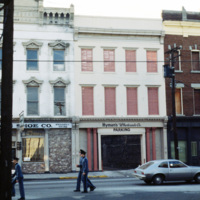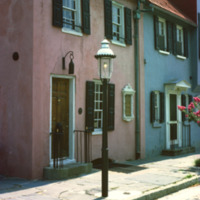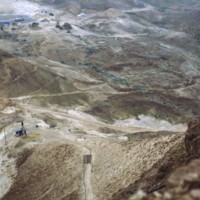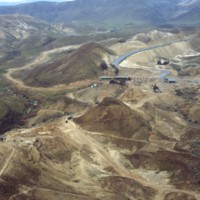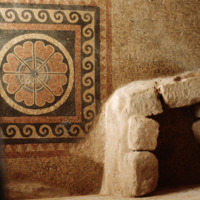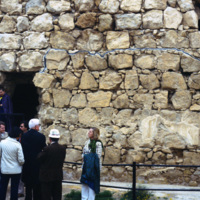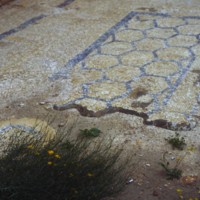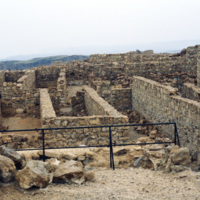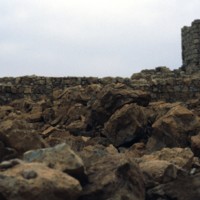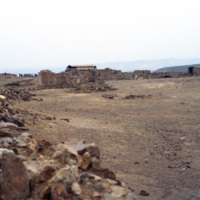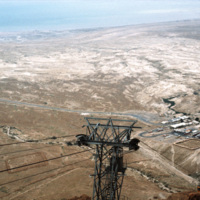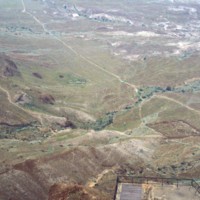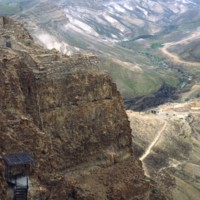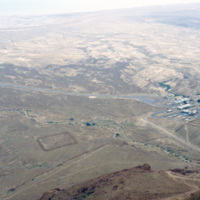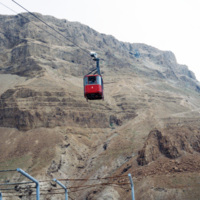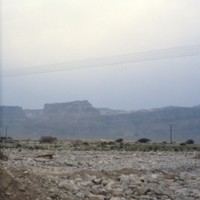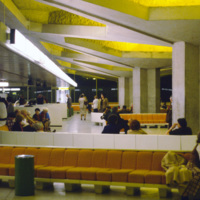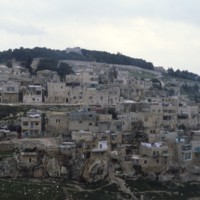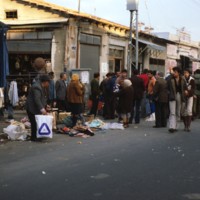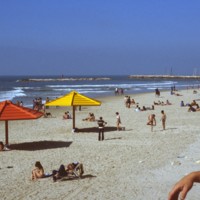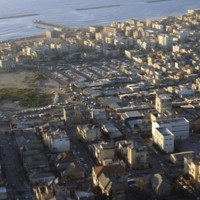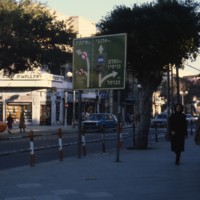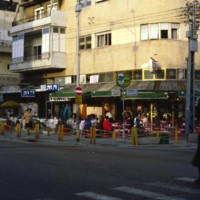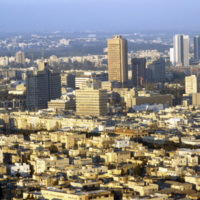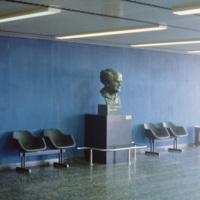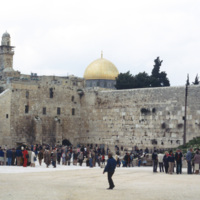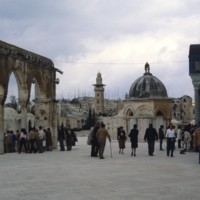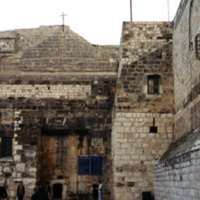Browse Items (993 total)
- Collection: Chester Smolski Photographs
Charleston: Fort Sumter Aerial Photograph
Tags: aerial, Fort Sumter, military, monuments, South Carolina
Charleston: Marion Square
Charleston: Rainbow Row
Tags: Charleston, historical, houses, Porgy & Bess, Rainbow Row, South Carolina
Charleston: Porgy & Bess
Tags: Catfish Row, Charleston, historical, houses, Porgy & Bess, South Carolina
Charleston: Suburb Neighborhood
Tags: Charleston, housing, neighborhoods, South Carolina, suburbs
Charleston: Naval Base
Tags: aerial, Charleston, naval base, navy, ships, South Carolina
Charleston: Highway 26 Interchange with U.S. 17
Charleston: Meeting St. Aerial Photo
Tags: aerial, historic, land use, Meeting St, neoclassicism, religious buildings
Charleston: Marion Square, Aerial Photograph
Charleston: White Point Gardens, Fort Sumter Hotel, Battery Carriage House
Tags: aerial, architecture, historic, land use, parks, public spaces, tourism, waterfront
Charleston: Hampton Park
Tags: aerial, Hampton Park, historic sites, public spaces
Charleston: The Citadel: Military College of South Carolina
Chaleston: Randolph Hall at College of Charleston
Charleston: Downtown, The Fort Sumter Hotel
Tags: aerial, Charleston, downtown, South Carolina
Charleston: Aerial View of “The Citadel: Military College of South Carolina”
Tags: aerial, architecture, modern, Romanesque
Charleston: Housing
Tags: aerial, Charleston, city planning, dwellings, South Carolina
Charleston: Hyman’s Wholesale Co. Parking Garage
Charleston: Pink House on Chalmers St
Tags: Charleston, dwellings, historic, Pink House, residential, South Carolina, taverns
Masada: Roman Road (2 of 2)
Tags: archeology, historic, religion
Massada: Roman Road (1 of 2)
Masada: Roman Style Tile & Bath
Tags: archeology, arts, bath house, Herod, historic, Masada, roman tiles
Masada: Tourists and Ruins
Tags: archeology, historic, King Herod, religion, tourism
Massada: Tiles in Herod’s Palace
Tags: archaeology, Herod, historic, Masada, religion
Masada: Ruins of Herod’s Palace
Masada: View from the top (2 of 2)
Masada: View from the top (1 of 2)
Masada: Natural Fortress, Ruins, Visitors
Masada: View Toward Dead Sea
Tags: landscape, Masada, the Dead Sea
Masada: Roman Siege Camp Ruins
Masada: Ruins, View From Top
Tags: King Herod, Masada, Roman Road, ruins
Masada: Roman Siege Camps
Tags: King Herod, Masada, Roman Siege Camps
Masada: Cable Car Access
Tags: archaeology, Dead Sea Scrolls, historic, Masada, religion, tourism
Masada
Tags: archaeology, Dead Sea Scrolls, historic, Masada, religion
Paris: Charles DeGaulle Airport
Tags: airports, Charles DeGaulle Airport, Paris, travel
Jerusalem: Western Wall
Jerusalem: Mount of Olives
Jaffa: Flea Market
Tags: crowds, flea market, Israel, Jaffa, pedestrian traffic, retail, street scene
Tel Aviv: Beach
Tags: beaches, coastline, crowds, Mediterranean Sea, Tel Aviv
Tel Aviv: Carmel Market
Tags: Carmel Market, Israel, markets, shopping centers, Tel Aviv
Tel Aviv: Allenby St. street signs
Tel Aviv: Dizengoff Center
Tags: architecture, International Style, malls, retail, shops, street scene
Tel Aviv: Dizengoff Street on the Shabbat
Tel Aviv: Coastline Hotels, Miami of the Middle East
Tags: aerial, beaches, cityscape, Israel, land use, recreation, Skyscraper, Tel Aviv, tourism
Tel Aviv: Former I.B.M Building, Cityscape (Weizmann Branch)
Tel Aviv: Beaches, Tourism
Tags: aerial, beaches, city planning, marina, tourism, waterfront
